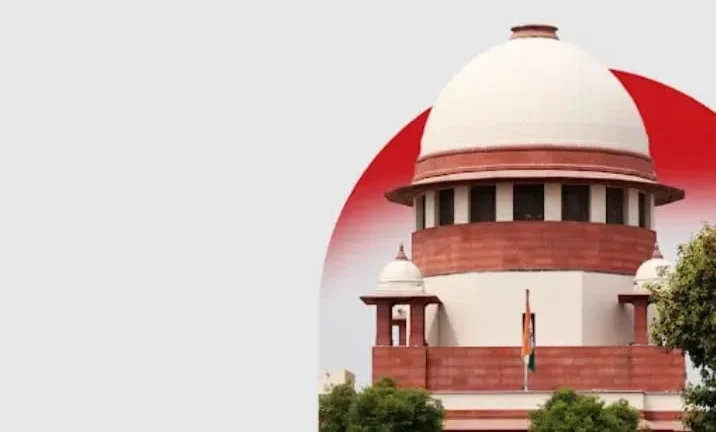NEW DELHI: In a landmark decision emphasizing India’s rich linguistic diversity, the Supreme Court has dismissed a challenge to the use of Urdu on the signboard of a municipal building in Maharashtra. The Court’s ruling reinforces the value of embracing diverse languages in India, where multilingualism is an essential feature of society.
The case centered around the Municipal Council of Patur, located in Akola district. The dispute arose after a former member of the Council challenged the inclusion of Urdu on the building’s signboard alongside Marathi, the official language of the state. The petition argued that Urdu’s inclusion violated the Maharashtra Local Authorities (Official Languages) Act, 2022, which mandates Marathi as the official language for municipal affairs.
However, the bench, comprising Justice Sudhanshu Dhulia and Justice K. Vinod Chandran, upheld the Bombay High Court’s decision, stating that the use of Urdu in addition to Marathi does not contravene the 2022 Act. The Court emphasized that language should not be a source of division but rather a medium of communication that brings people closer, fostering unity in diversity.
Justice Dhulia, who authored the judgment, highlighted the importance of respecting linguistic diversity, noting that Urdu, like Marathi and Hindi, is an Indo-Aryan language and is deeply rooted in India’s history. “Urdu was born and flourished in India,” he remarked, rejecting the misconception that Urdu is foreign to the country. The judgment further noted that the use of Urdu is merely for “effective communication” and must be appreciated as a vital part of India’s composite culture.
Urdu as Part of India’s Linguistic Fabric
The Court addressed long-standing prejudices against the Urdu language, stressing that language should not be associated with religion. “Language is not religion,” Justice Dhulia asserted. “Language belongs to a community, a region, and its people, not to any one religion.” The ruling draws attention to Urdu’s role in India’s “Ganga-Jamuni tahzeeb” (composite culture), particularly in northern and central India, where it evolved as a symbol of cultural exchange.
Urdu, like Hindi, belongs to the same linguistic family, and the Court pointed out that they share many similarities in syntax, grammar, and vocabulary. This was also the opinion of several scholars, including Gyan Chan Jain and Amrit Rai, who view Hindi and Urdu as one language with different scripts. The judgment also referred to the Constituent Assembly debates that contemplated Hindustani as the potential national language before the partition of India. The division of the language into Hindi and Urdu, driven by political forces, was a tragic outcome of the partition, according to the Court.
The Supreme Court’s ruling aligns with the views of numerous Indian states that recognize Urdu as an official language, including Uttar Pradesh, Bihar, Telangana, and West Bengal. The judgment reiterated that the use of Urdu in public life is a reflection of India’s commitment to linguistic pluralism, as enshrined in the Constitution.
Legal Precedents and Constitutional Framework
The Court’s decision draws on several legal precedents, including the Uttar Pradesh Hindi Sahitya Sammelan v. State of Uttar Pradesh (2014) case, which upheld the constitutionality of designating Urdu as the second official language in Uttar Pradesh. The ruling also cited Article 345 of the Constitution, which allows states to adopt any language as their official language, in addition to Hindi, the Union’s official language.
The judgment’s emphasis on Urdu’s cultural significance aligns with the vision of India’s founding leaders, including Jawaharlal Nehru, who advocated for enriching Hindi with vocabulary from Urdu, despite political divides that arose after independence.
Significance of the Judgment
The ruling sends a clear message that language diversity should be respected and preserved, rather than being seen as a cause for conflict. By rejecting the challenge to the use of Urdu, the Court has reaffirmed that language can be a bridge rather than a barrier in India’s diverse society.

